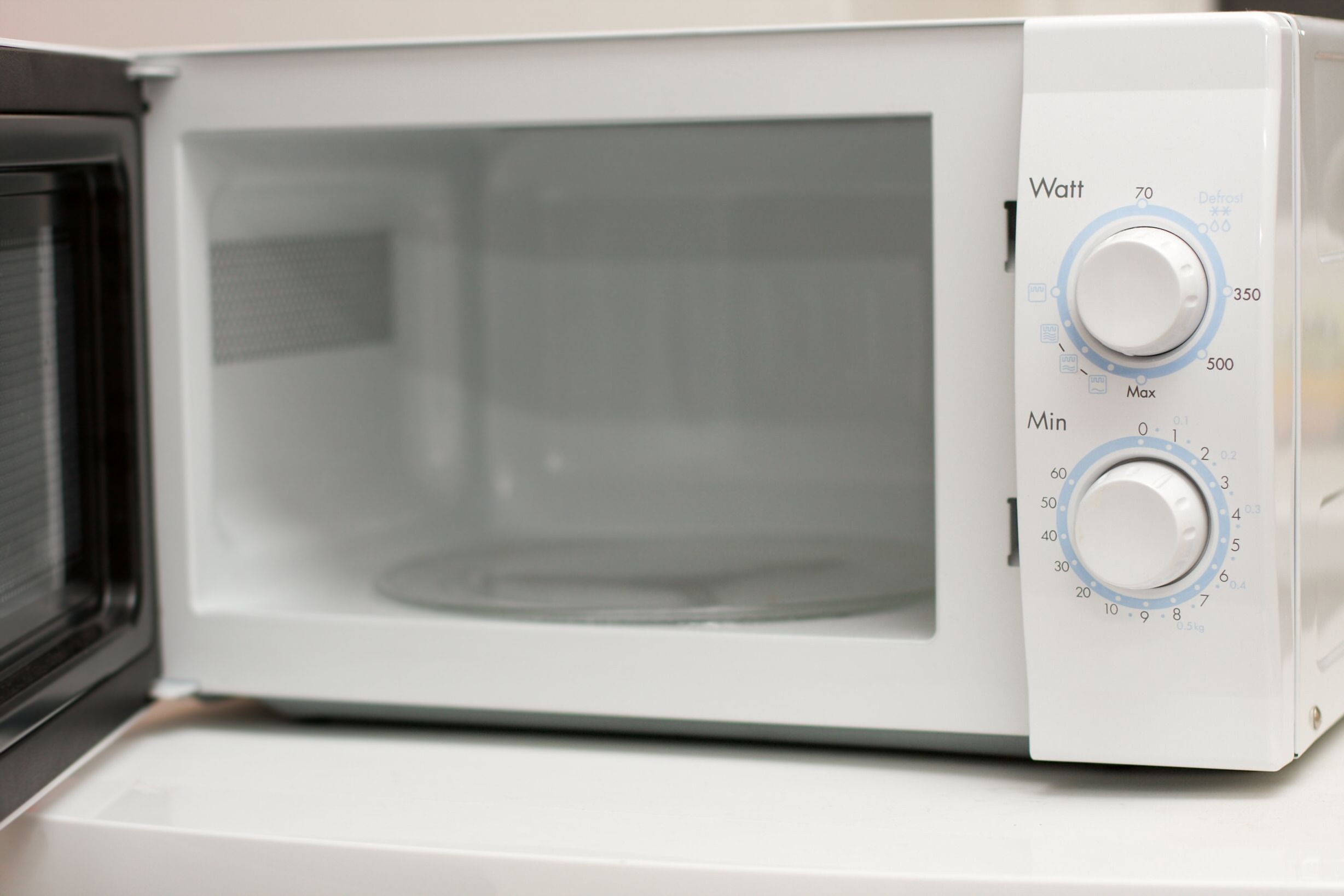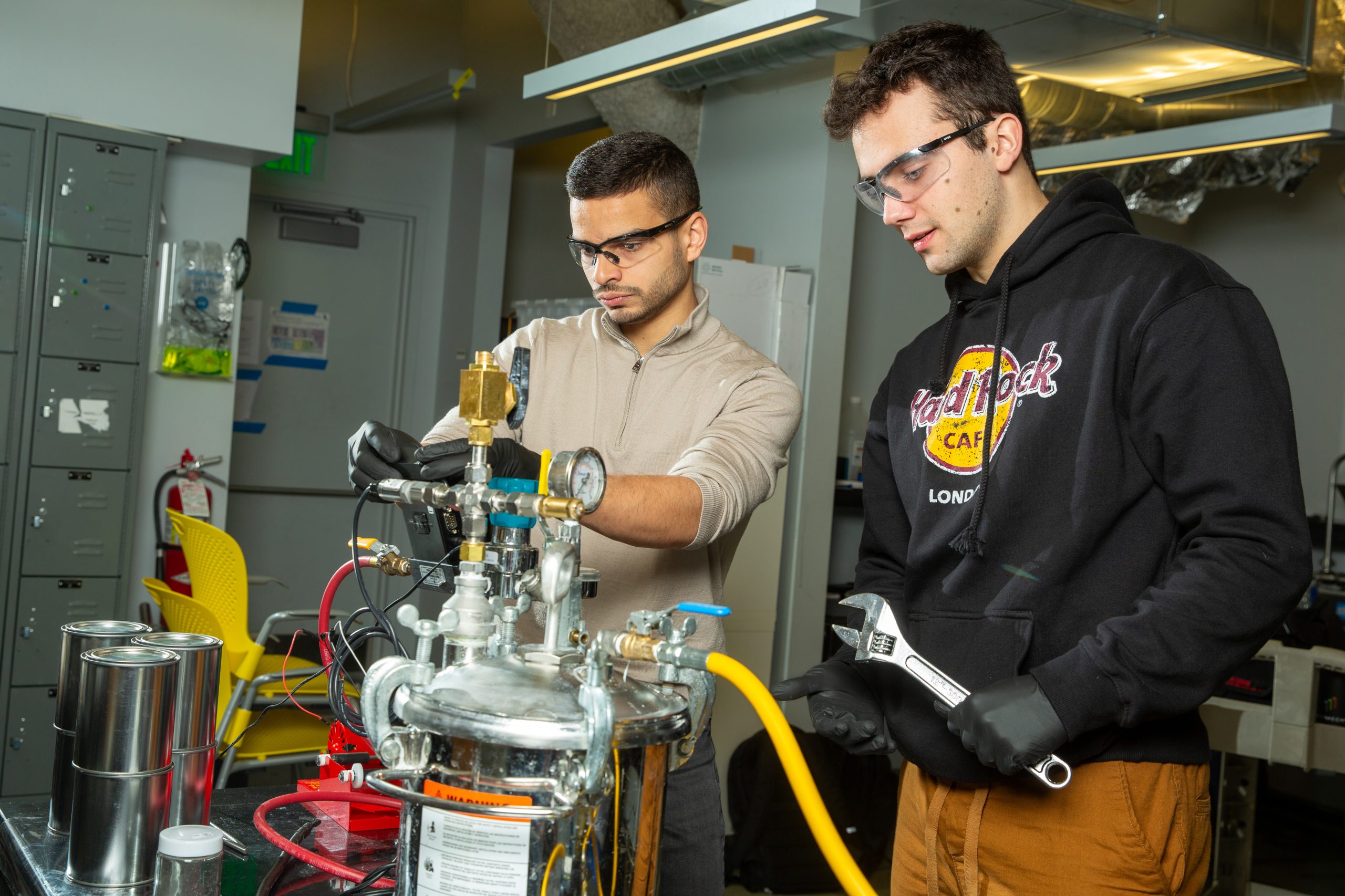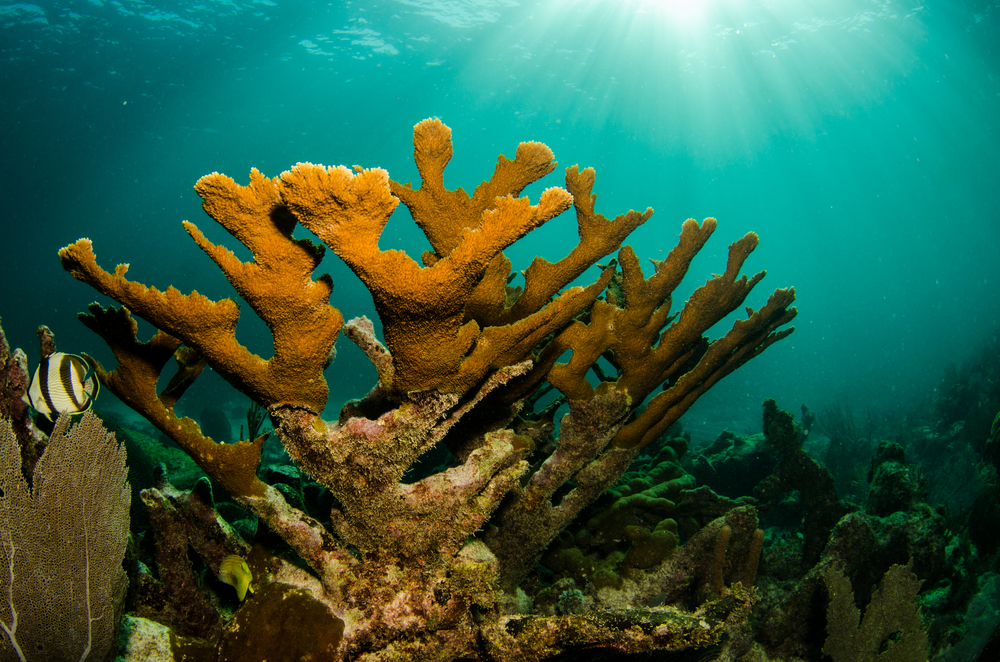Kids are constantly absorbing information from their surroundings and incorporating it into their play. In a pandemic, this means many kids are telling their dolls to socially distance, giving their stuffed animals hand sanitizer, and even treating their action figures for Covid-19. Although this invasion of the pandemic into children’s imagination may seem alarming at first, experts say it is actually one of the best ways to help children process the concept of the pandemic.
Laine Young-Walker, the chair of psychiatry at the University of Missouri School of Medicine told The Washington Post that while adults process stress verbally, young children are more likely to process stress behaviorally, such as incorporating the situation into their play.
In addition to using play to think about their world, children also trust and form a connection with their favorite toys, so it’s no surprise that they turn to them during difficult times.
Leela R. Magavi, an adult, adolescent and child psychiatrist said, “Enacting stressful events through play allows children to understand their emotions and gain a sense of security due to the ability to take control of the story and its ending.”
For parents, observing these play scenarios is also a great way to gain insight into how their children are interpreting the pandemic. For example, parents can ask children how their toys feel about the pandemic to learn more about a child’s emotions.
The bottom line is there is no immediate need to panic if your child starts making their imaginary bakery curbside pick-up only. Keeping routines like bedtime and mealtimes constant is important for embedding consistency in children’s lives as well as encouraging healthy habits like frequent play and exercise. The pandemic has upended all of our lives, including children’s, but play is one of the healthiest ways kids can communicate and process emotions surrounding the changes they are seeing in their lives.












